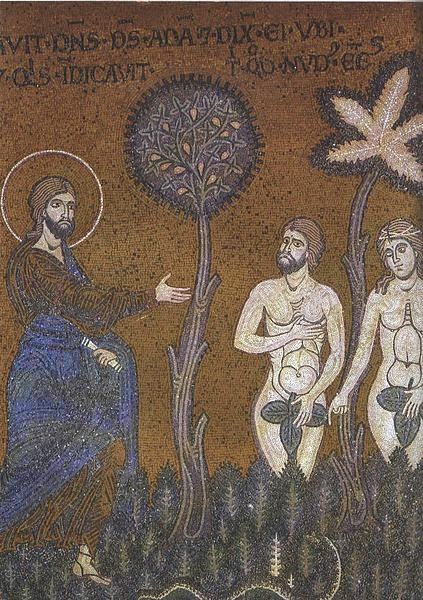In ancient times it was a very popular district and there were people from all over the Roman Empire. In Trastevere there are archaeological evidence like an ancient barracks of the fire, a temple of Syrians living in Rome etc..
Even Christianity spread very quickly in this part of Rome. Some private homes (
domus) initially functioned as churches.
Over the centuries in the
same places they were built beautiful churches with many works of art.
The most famous churches in the district are the basilica of Santa Maria, the churchs of Santa Cecilia and San Crisogono.
In the basements of the churches of Santa Cecilia and San Grisogono, visitors can see the remains of the houses used by the earliest Christians.
All three churches in Trastevere are really nice and tourists are always very happy to visit them.
S.Cecilia church, ciborium by Arnolfo di Cambio -photo ap
S.Cecilia church-statue Cecilia by Stefano Maderno-photo ap
In convent next to the church is a beautiful fragment of a fresco by Cavallini
Santa Maria in Trastevere, facade-photo by wikipedia
Santa Maria in Trastevere, mosaics (some by Cavallini)-photo a.p
San Crisogono, facade- photo a.p.
In Trastevere you can also visit
Villa Farnesina and a famous fresco by Raphael. But in 1879 in the gardens of the villa were found archaeological remains of an ancient building. The beautiful frescos that were discovered can be seen in a
museum .
Galatea by Raphael and other frescos
Even the residents of other neighborhoods like Trastevere. Many go for walks or to buy crafts. All in good weather enjoy alfresco dining in the restaurants .
The neighborhood in the summer also organizes a famous festival (
Festa de Noantri).
In the area there is much interest in the ancient folk traditions.
In an important square of Trastevere is the monument to poet Gioacchino Belli. His poems were written in the typical Roman
dialect.
°°
A part of the district borders the River Tiber (Tevere).
This is a very old picture, but the Vatican is not far
°°
HOTELS IN ROME



















